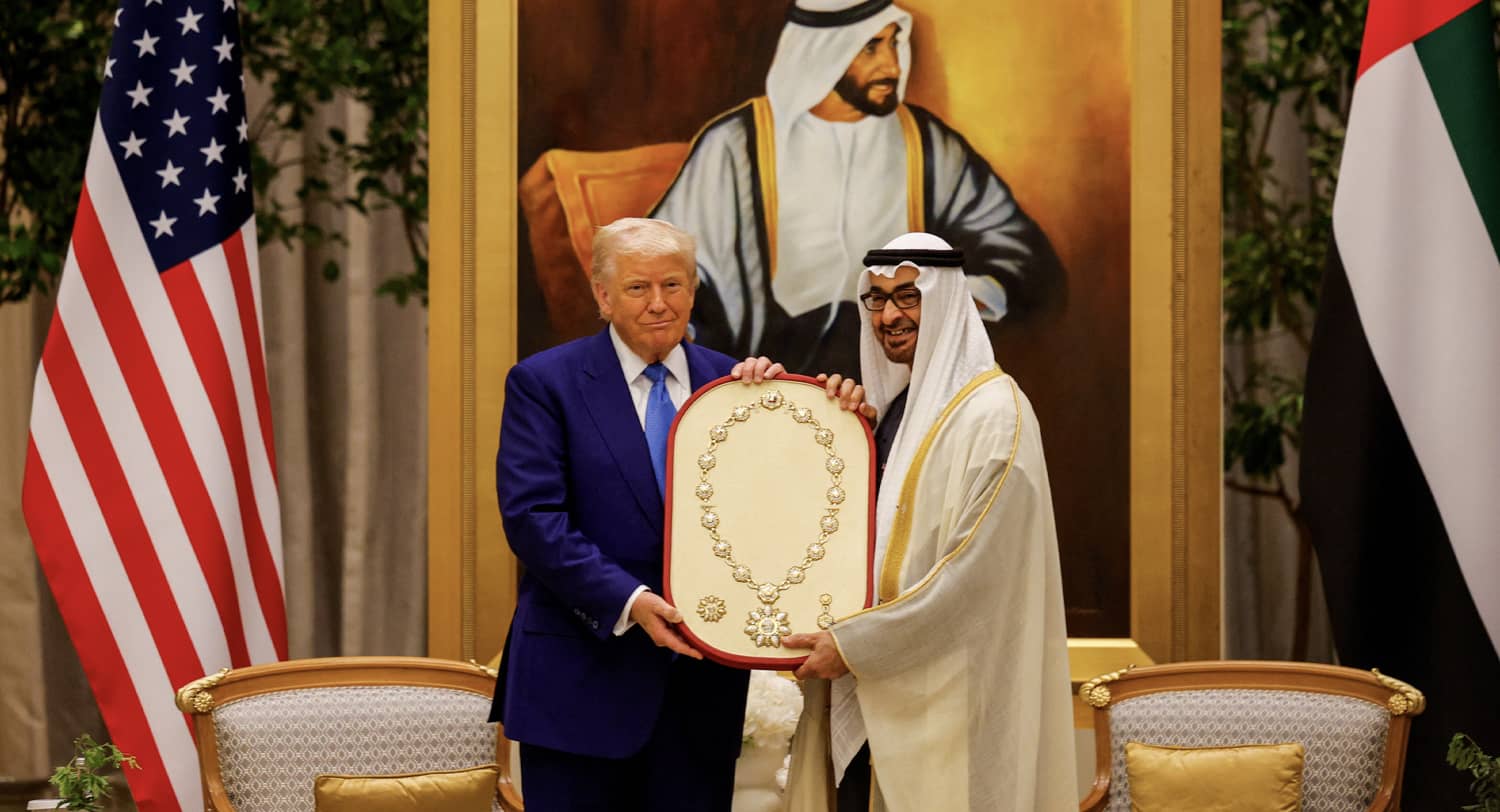When President Donald Trump arrived in the Gulf, it was not just another diplomatic appearance. It was a signal. A bold assertion that the shape of a new Middle East is being drafted—not in smoke-filled backrooms, but in the ambitious visions of capitals determined to move beyond war and resentment.
Trump’s visit was transactional on the surface: arms deals, military assurances, energy cooperation. But beneath that, something more significant was unfolding. His message—delivered in military bases, boardrooms, and bilateral meetings—was clear: “Peace through strength.”
Yet the most compelling aspect of this moment lies not in strength itself, but in what that strength is being used to build.
Today, the Gulf is no longer content to be a passive player or perpetual battleground. It is pushing forward with a blueprint for a new regional order—one defined not by missiles and militias, but by cooperation, innovation, and the aspirations of a rising generation.
The ambitions are bold: smart cities rising from the desert, investments in artificial intelligence and green energy, reforms in education and governance. These are not symbolic gestures. They represent a generational pivot, a bet on prosperity as the true guarantor of stability.
But even as this vision takes shape, it remains vulnerable—because a future cannot be built while the present is on fire.
Gaza still burns. Hostages remain in the shadows. Extremists like Hamas continue to hijack both headlines and the hopes of millions.
Groups like Hamas, Hizbullah, and the Houthis do not fight for dignity or justice. They fight to preserve a narrow, repressive vision of the past. They fear progress—because progress weakens their grip.
Their violence is calculated, and their resources often trace back to one central source: the Islamic Republic of Iran.
Iran’s regime has built its foreign policy on destabilization. It arms proxies, fuels sectarianism, and exploits conflict. While Gulf nations look to the future, Iran clings to an old playbook of coercion and confrontation. And this brings us to the most urgent question: Can Iran change? Will it choose regional cooperation over domination?
Trump’s posture was one of hard-edged realism. He did not seek war with Iran, but he made it clear that the U.S. would not tolerate threats to its allies or interests.
“We will always protect our people, our interests, and our partners,” he declared.
If Iran were to abandon its nuclear ambitions, end its support for terror, and invest in its own people rather than its proxies, it could become a constructive regional force. But so far, it has chosen the opposite path.
Even within the coalition of U.S. partners, there are complexities and inconsistencies that must be acknowledged.
Some allies contribute to stability on one front while maintaining quiet relationships that undercut it on another.
This reflects the region’s layered realities—but it also underscores a deeper truth: a lasting regional order cannot be built on selective commitments or quiet contradictions.
If peace is to endure, it must be grounded in coherence—between what nations say and what they support. The moment demands alignment, not ambiguity.
In a moment that demands unity and moral clarity, every actor must choose not just where they stand—but what they stand for.
As Abraham Lincoln once said: “The dogmas of the quiet past are inadequate to the stormy present… As our case is new, so we must think anew, and act anew.”
The Middle East stands precisely at that point—a stormy present, calling for new ideas, new courage, and new alliances.
This is not a clash of civilizations, but a struggle between the future and the past. Between nations choosing progress, and forces invested in fear and paralysis.
The Gulf is choosing the future. Its people are demanding it. Its youth—more than 60% of the Arab population—are no longer content to wait. They are ready to shape the world they will inherit.
But progress cannot defend itself. It must be protected—economically, diplomatically, and when necessary, militarily.
This is where the United States must show leadership. Not as an empire, but as a partner with purpose. US must assist free peoples to work out their own destinies in their own way.
That logic still applies today. Washington has both a moral responsibility and a strategic interest in supporting those who are choosing development over destruction.
Because peace is not a passive condition. It is a choice—and a challenge. And in today’s Middle East, it is a test of vision and will.
The time for ambiguity is over. Gaza cannot remain a battlefield. Lebanon cannot be allowed to decay as a hostage state. Yemen must no longer serve as a proving ground for foreign militias.
What is needed now is not gradualism, but clarity. Not appeasement, but alignment.
Today, that ability is being tested. Extremism is still well-armed. Diplomacy is still fragile. But hope remains alive.
President Trump’s visit offered more than reassurance—it offered a vision. A framework for regional cooperation grounded in shared interests and enduring values.
But vision alone is not enough. It must be defended—against cynicism, against violence, and against those who thrive on disorder.
The Middle East is speaking. Its people are choosing light over darkness.
The blueprint is there. Now, it’s time to build.

